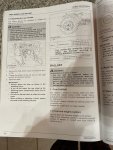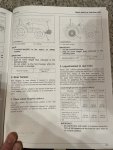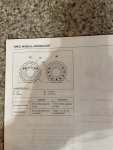I can provide commentary on a couple of areas. Experience is usually one sided (as is mine), not a lot of people try both sides.
For mowing, a flail that will reach down banks I think is a great buy. I don't have one, but I want one, therefore it totally makes sense for you to have one. It does depend how steep you want to mow - with my B2601 I mow up to about 25 degree side slopes. If you need steeper than that, and doing it often, a side shift flail would be really good.
I suspect you'd want another mower as well. Either a bush hog for higher volume mowing of denser bush. Or a finish mower that you can occasionally treat mean to clear a field. But no harm in getting a flail, then one day someone will be selling a finish mower cheap, get it when you see it.
For ballast, I'm a believer in not filling tires. Reasons are:
- ride quality
- less good for loader than rear ballast (rear ballast relieves load on the front axle, filled tires don't)
- tires are hard to un-fill. So when you want less weight, you can't have it. This can include when trailering, on the lawn around the house, over a septic field, when you need to take a wheel in to get a puncture repair, etc
- in most cases, I think people don't actually need ballast (loader work being the exception). Spacers are often better, and for many tasks your tractor is actually stable enough without ballast
My usual recommendation is to get it without ballast and try it out. You can very easily add ballast later if it turns out you do need it. If you put it in from the shop, you'll never know whether you needed it, because you always have it.




